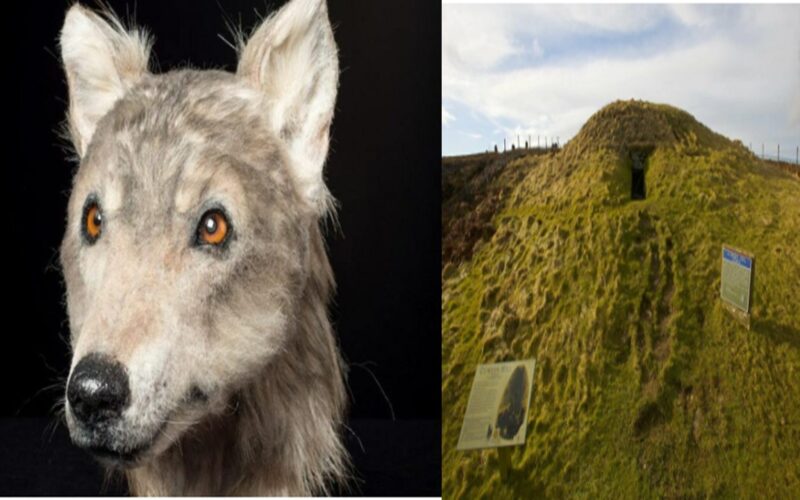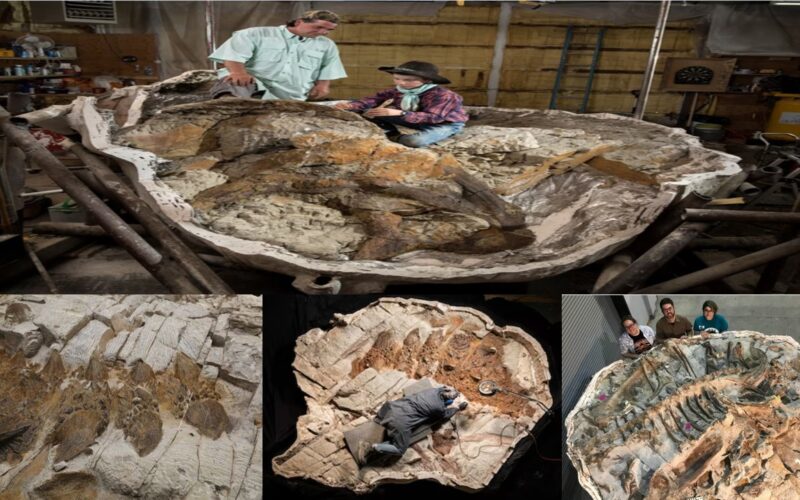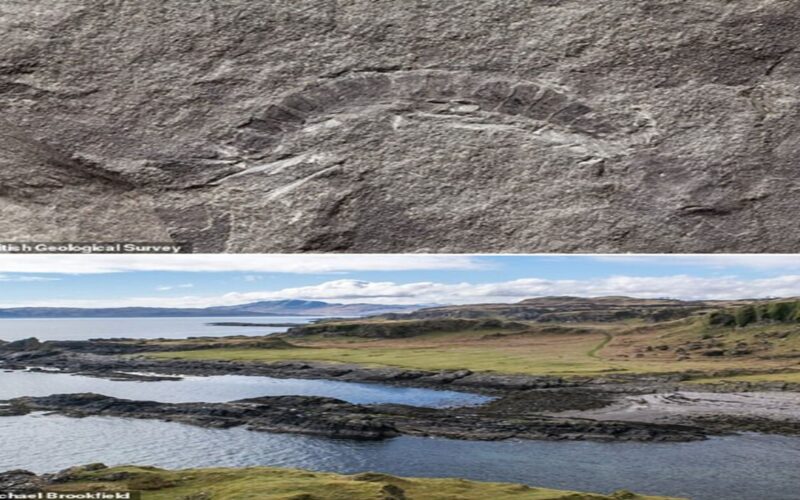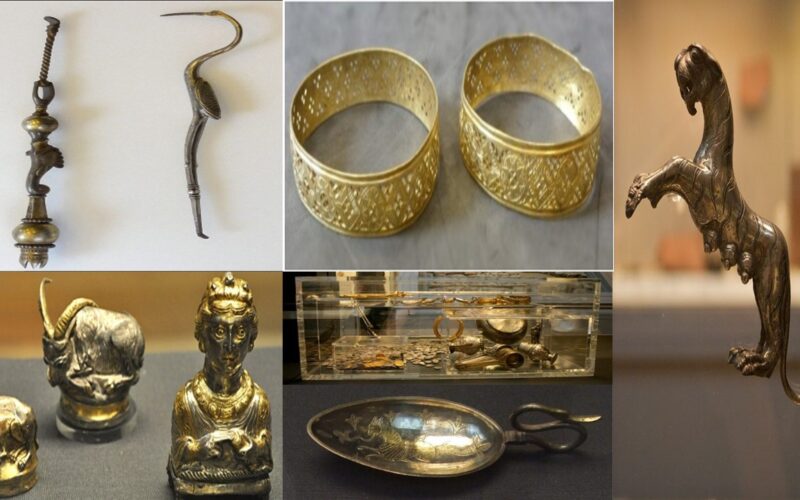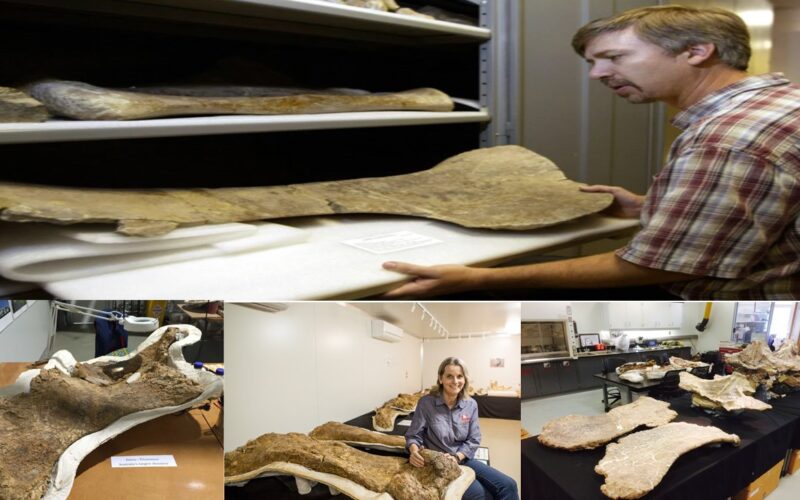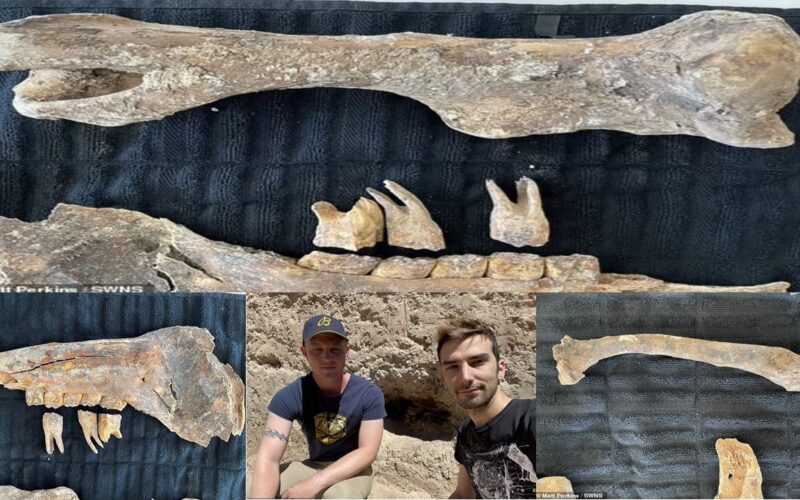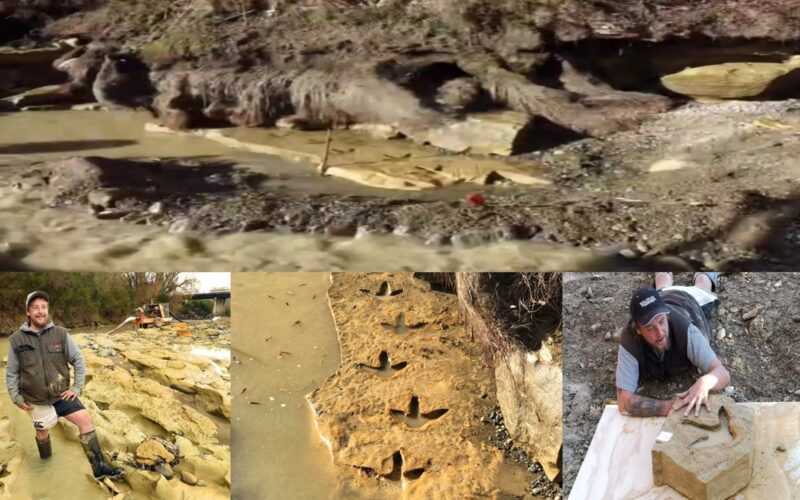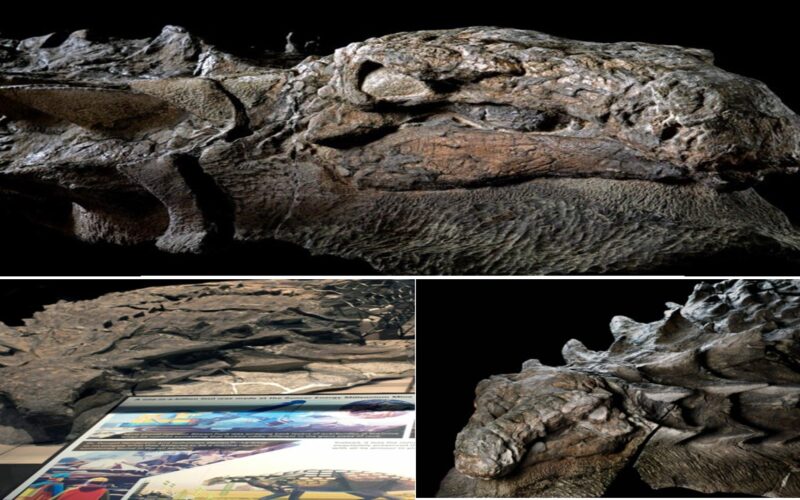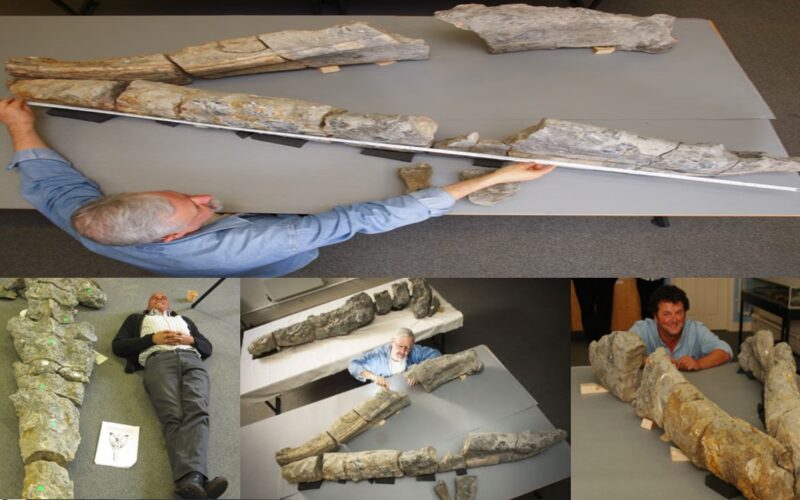24
Feb
All those lapdogs who imagine themselves to be something more wolfish than their outward appearances must be pleased to hear this news.This beast is not a 21st-century pet; rather, it is forensic science's best reconstruction of the real appearance of the owner of a Neolithic skull found during a 1901 excavation of the 5,000-year-old Cuween Hill chambered cairnon in Orkney, Scotland. The "Cuween dog," which is around the size of a large collie, has the look of a family pet and the visage of a European grey wolf. (Acclaim to the project's leaders for holding off on giving their product…

